f-stop Ambassador Ishaan Bhataiya recently came back from the 2020 Dakar Rally which was the 42nd edition of the event and the first edition held in Saudi Arabia. The event started in Jeddah on 5 January and finished in Al-Qiddiya on 17 January after 12 stages of the competition. He was the first Indian photographer to shoot the grueling Dakar Rally in 2019 and also various rounds of the FIM Cross Country Rally Championship. He has worked with every automobile publication in the country, creating various editorial features and has finally made a foray into the world of advertising. We had the chance to catch up with him after the 2020 Dakar Rally, and talk more about how he prepared for this amazing event.
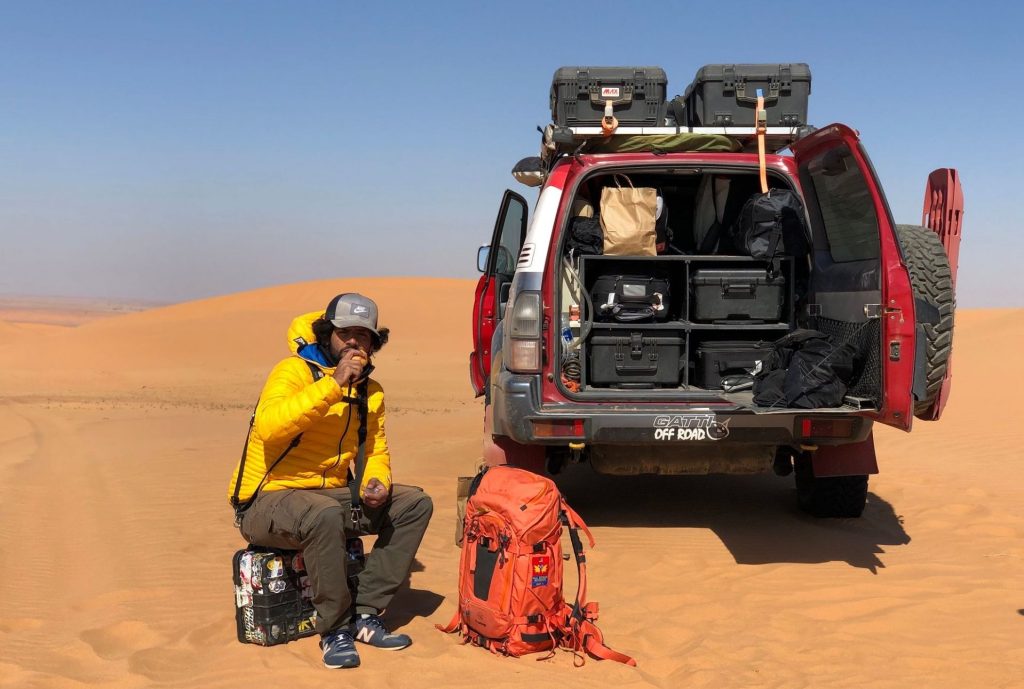
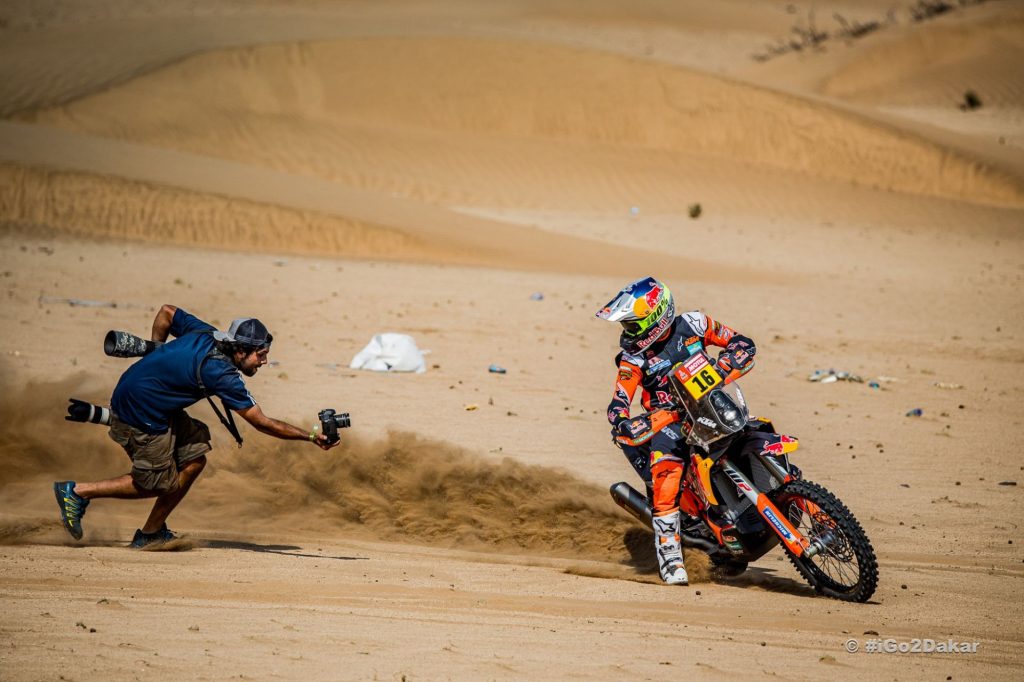
f-stop: This is not your first time shooting the Dakar Rally, can you tell us more about what do you usually take with you for this kind of assignment?
Ishaan Bhataiya 
I’d carry 3 camera bodies, with 3 lenses ranging from super-telephoto to telephoto to an extreme wide-angle one. Three memory card cases with identical Sandisk 32GB Extreme Pro CF cards for each body. Batteries would generally all be charged the night before, so you don’t really need to carry one with you, unless you’ve had a hard night of partying and you know you have 4 spare batteries fully charged, so you’ll swap them out in the morning when you leave the car. That sorts out all your shooting needs. Apart from this, I'd have a Camelbak with about 2-3litres of water, energy bars, some candies, sunglasses, a few layers and a jacket depending on the weather conditions and a few buff’s and such stuff to wrap around your neck and then later to cover your nose when one of the mammoth trucks pass by blowing tons of dust in the air (thankfully though, not in the dunes).
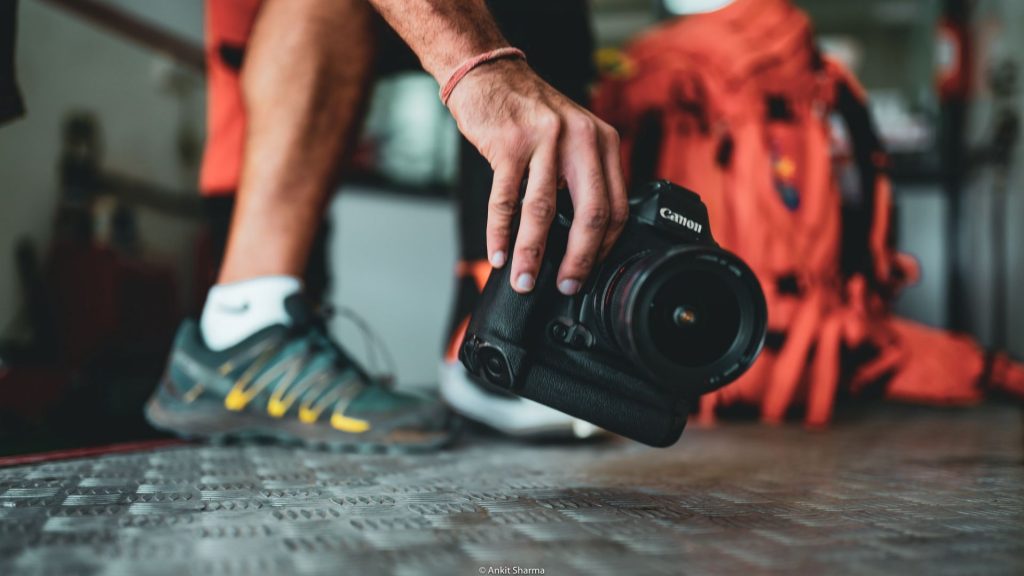
f-stop: What are the challenges that you faced during this event?
Ishaan Bhataiya 
Action Sports, specifically shooting a rally out in the desert does not give you the comfort of having a marked place for all your gear in close proximity. Yes, there is the car that you come in, but it also has 2 other photographers. The main aim is for all three of us to move in different directions, to get different images and not end up with the same shots/composition as the other. Once the stage is live and the first rider crosses you, it’s going to be a continuous chain of bikes, quads, ssv’s, cars and trucks one after the other, and the only significant break you’d get would be between the bikes and the cars, or between the fast and the really slow competitors. In such a case, it's definitely not feasible to leave your place of shooting, to go back to the car to pick up those extra memory cards, or water or even an extra battery/lens. So, it all has to be on you at all times.
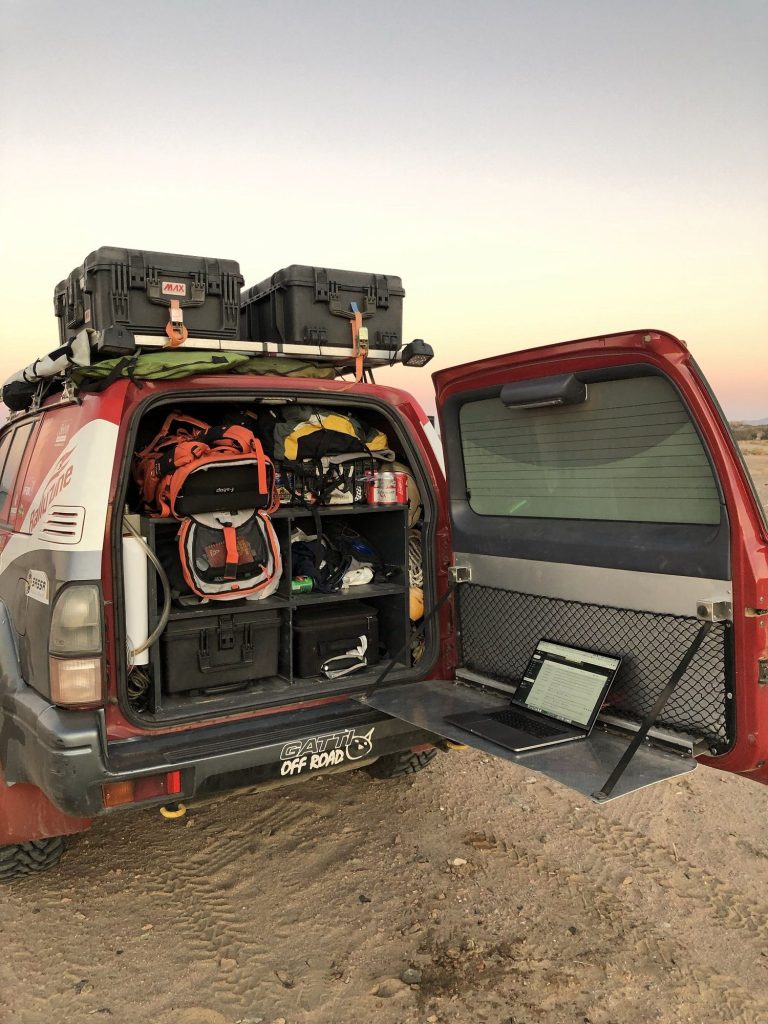
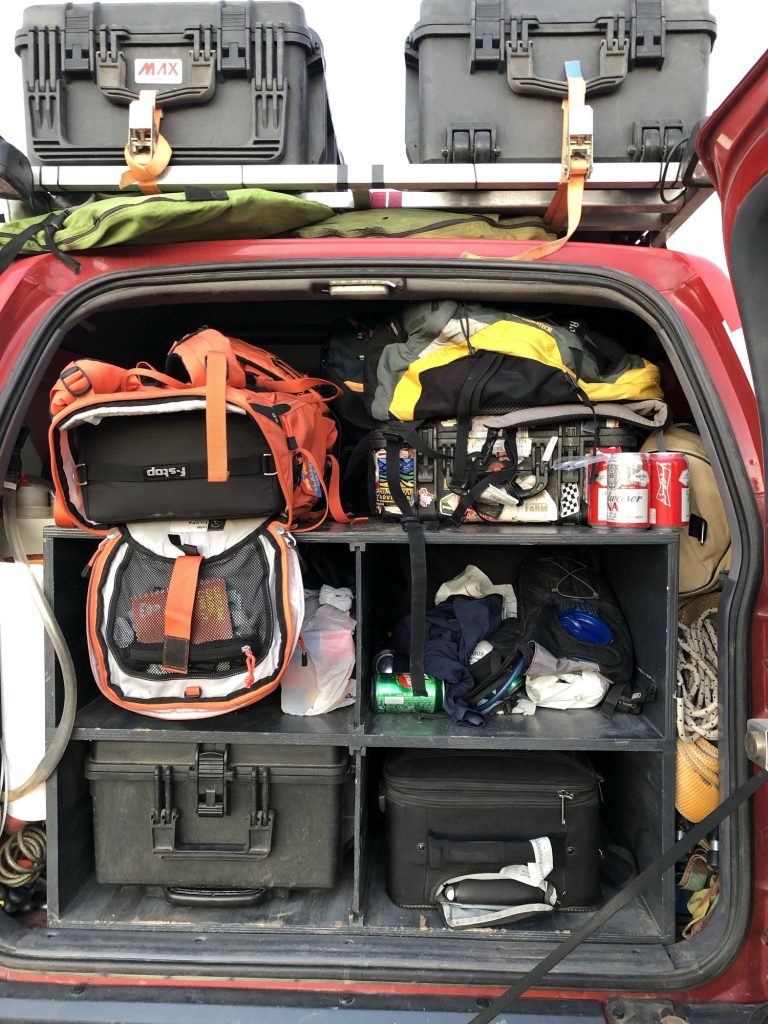
f-stop: You mentioned that you carry 3 bodies and 3 lenses with you at all times, can you tell us why?
Ishaan Bhataiya 
Typically a rider/driver stays within shooting range for some seconds on an average, with 3 bodies with 3 different lenses, you maximize your possibility of making different shots of that rider and you normally choose places to shoot accordingly.
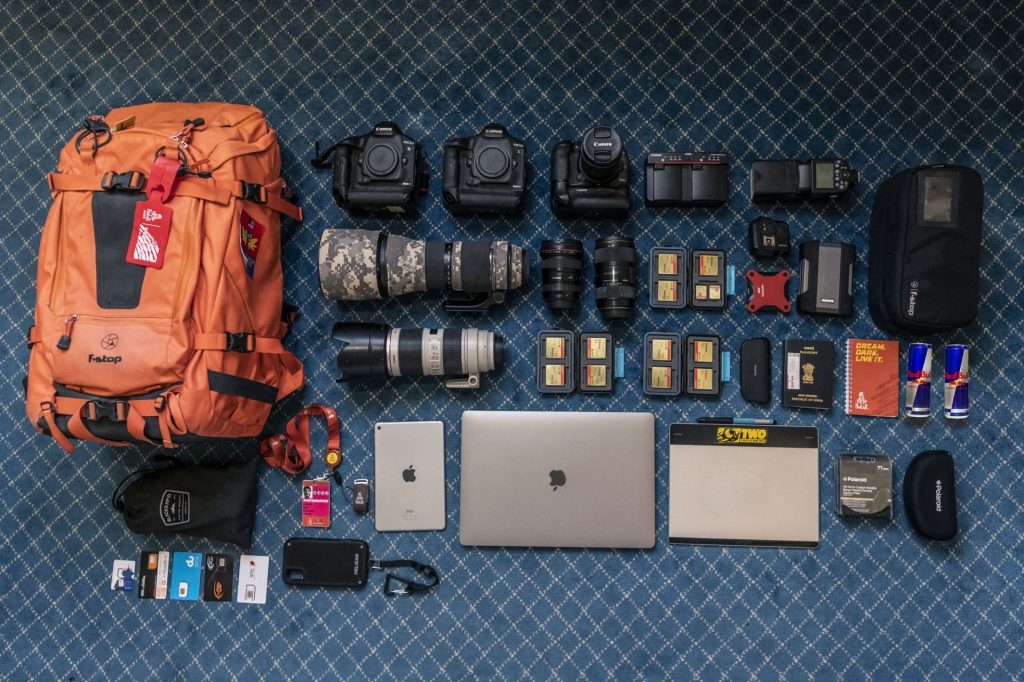
f-stop: Can you walk us through your gear and tell us what did you carry inside of your Tilopa, and also tell us why did you pick this specific set of gear? What else do you carry in the pockets?
Ishaan Bhataiya 
I had 2xCanon 1Dx Mark2, Canon 7D Mark2, Canon 10-18mm, LP-E19 Battery Charger, External Flash and Trigger, Tamron 150-600mm Sport G2, Canon 17-40mm, Sigma 18-35mm, Sandisk Extreme Pro CF Cards, ADATA SSD, ADATA External HDD, Large Accessory Pouch, Canon 70-200mm, Sandisk Extreme Pro CF Cards x2, Sandisk Memory Card Reader, Passport, Notepad, Red Bull, Blackrapid Sport Breathe, Dakar 2020 Accreditation, Pen Drive, iPad, MacBook Pro, Wacom Intuos, Polaroid Filters, Polaroid Sunglasses, SIM cards, iPhone X Pelican Case. Almost all of the camera equipment goes into the XL ICU inside my Tilopa, accessories like filters, camera straps, hoods, lights would go into the Large ICU inside a hard-case. The side pockets normally are pretty empty, I’d stock an extra Ortholite sole for my shoes and some extra buffs, scarves in the other pocket. But usually, I keep them quite empty, cause the car has only limited space for all the bags, and you’d like a tall bag, not a fat one.
I selected this gear cause typical to shooting action sports are really challenging environments and locations which could take a toll on the cameras. With top-of-the-line camera bodies, you negate that risk cause they’re sturdily built with super-strong magnesium alloy bodies and weather-sealed lenses. Multiple bodies so that changing lenses would not be a thing I’d be concerned with, cause in such sandy and dusty conditions changing lenses is just a nightmare and you’d end up with more damage than Good sometimes. The top (outside) pocket would have an extra phone, a notepad, pen, earphones, microfibre cloth, keys, zip ties, and maybe some batteries or things I need to store for the time being and also an iPad. The inside pocket would normally have more important things like my passport, documents, Identifications cards, SIM cards, pen drives, another note pad, dog tags, lens cleaning solution and cloth, stickers.
f-stop: Now when the Dakar Rally is finished, what's next for you?
Ishaan Bhataiya 
India is going through an interesting phase with all the politics and laws being passed in the country. Jammu and Kashmir have always been at the top of the list of states being affected by these actions, so much so, that there was a 145 days+ internet shutdown in J&K. Amidst all of this the Kashmiri youth are finding their solace, 'mental peace' and spending their time productively by going out and skiing on the pristine slopes of the Himalayas in Gulmarg, and I've been told that they're rather good at it, so I'm heading down to Kashmir to shoot this Skiing story in about a week. Post that would be some more supercross, track racing and digital campaigns leading up to the Auto Expo in March.


Discount Applied Successfully!
Your savings have been added to the cart.